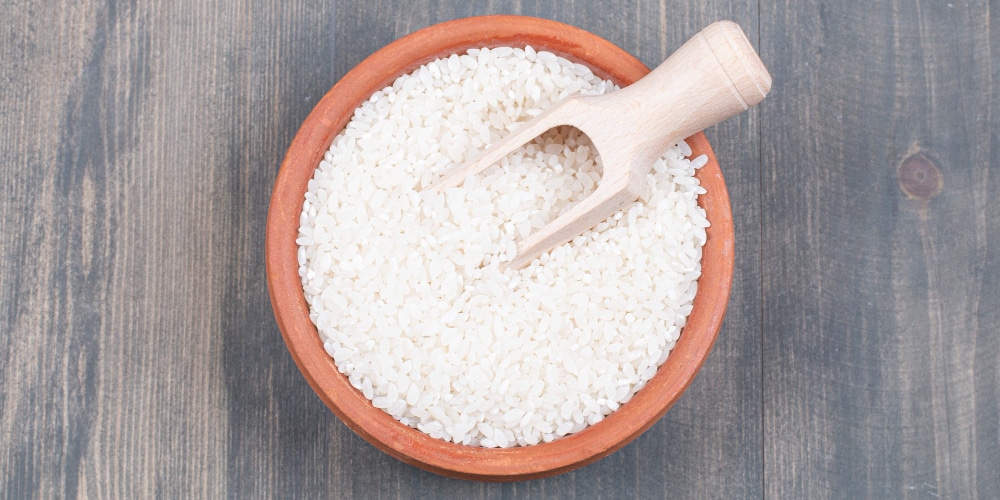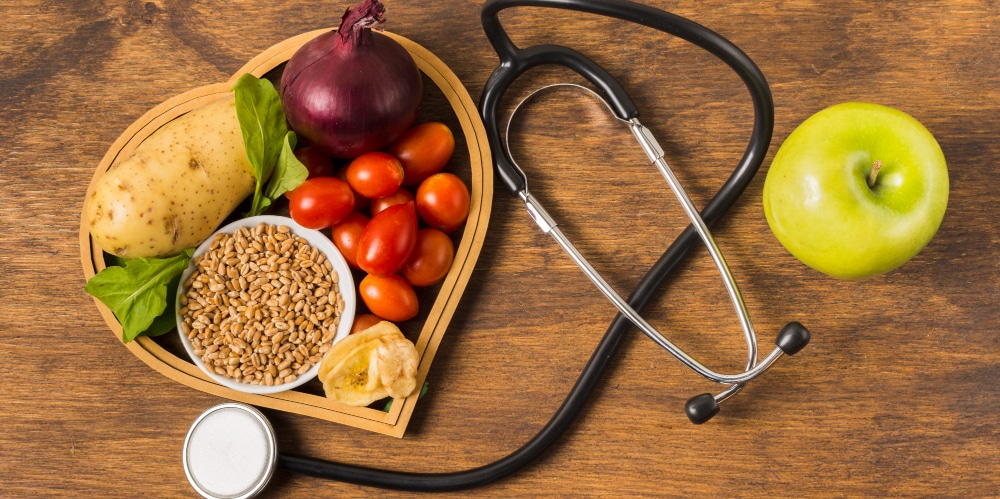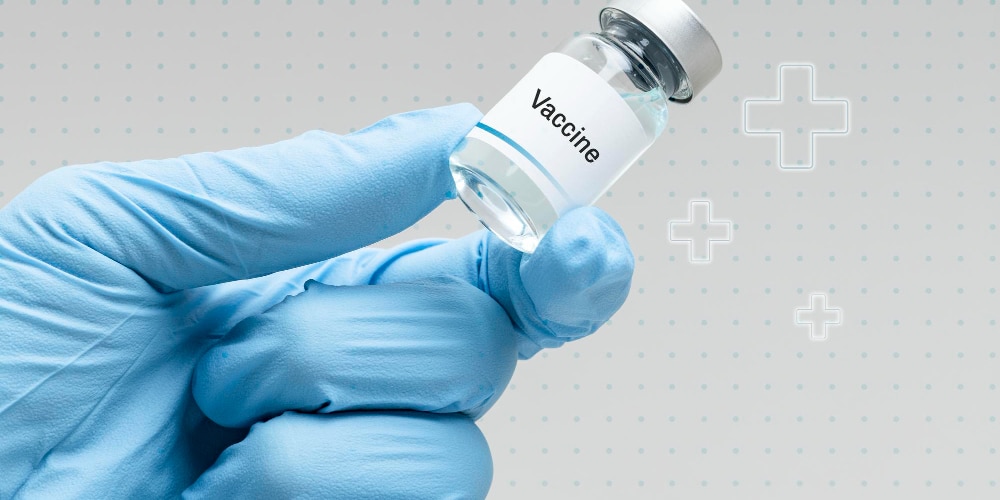Latest
How microgreens have become the new superfood on your plate | Explained
From a chef’s secret weapon, to a nutrient powerhouse now—all about the latest health fad, microgreens
Author
Author
- admin / 4 months

- 0
- 4 min read

Author
They began as a chef’s secret weapon in the Californian fine-dining scene of the 1980s, prized for their vibrant colour, intense flavour, and delicate texture. However, over the past few decades, microgreens have evolved from garnish to a global phenomenon.
According to a 2024 review published in Current Research in Food Science, the global microgreens market is projected to grow from USD 1.7 billion in 2022 to USD 2.61 billion by 2029, driven by claims that they are nutrient powerhouses.
These tiny greens are now being embraced by urban gardeners, wellness enthusiasts, and celebrities alike. Actress Samantha Ruth Prabhu, for instance, spoke of including microgreens in her clean-eating routine during the pandemic, pairing them with wheatgrass shots, turmeric, and homegrown herbs.
But are they worth the hype, and do they really offer health benefits?
What are microgreens?
Microgreens are young, edible seedlings harvested just 7 to 21 days after germination, once the first true leaves (cotyledons) appear. Unlike sprouts, which are grown in water and consumed entirely (roots and all), microgreens are grown in soil or a growing medium, and only the stems and leaves are eaten. And unlike baby greens, they’re harvested much earlier — which gives them a unique nutritional profile.
Microgreens can be grown from a wide variety of seeds. Some of the most popular types, categorised by plant families, include:
- Brassicaceae (mustard family): Radish, arugula, broccoli, cabbage, watercress
- Asteraceae: Lettuce, chicory, endive
- Apiaceae: Carrot, celery, fennel, dill
- Amaryllidaceae: Garlic, onion, leek
- Amaranthaceae: Beet, spinach, Swiss chard, quinoa
- Cucurbitaceae: Melon, cucumber, squash
- Poaceae (grains): Corn, barley, oats, wheat, rice
- Legumes: Chickpeas, lentils, beans, mung beans
What are the health benefits of microgreens?
Backed by a growing body of scientific evidence, microgreens are no longer just culinary darlings — they’re nutritional powerhouses with potential therapeutic benefits. These tiny greens offer a concentrated source of vitamins, minerals, enzymes, and antioxidants, and they boast a flavour that’s often sharper, spicier, or sweeter than the mature version of the plant.
“Both in vitro and in vivo studies have shown that microgreens have anti-inflammatory, anti-cancer, anti-bacterial, and anti-hyperglycemia properties, making it a new functional food beneficial to human health,” according to studies.
Rich in Antioxidants
A USDA study published in the Journal of Agricultural and Food Chemistry analyzed 25 varieties of microgreens and found they can contain 4 to 40 times more nutrients — including vitamins C, E, and K, lutein, and beta-carotene — than their mature plant counterparts. These nutrients are key in reducing oxidative stress, inflammation, and the risk of chronic illnesses.
Supports Heart Health
According to a study published in The FASEB Journal, red cabbage microgreens significantly reduced LDL cholesterol, liver inflammation, and triglycerides in mice fed a high-fat diet. This suggests their potential role in cardiovascular health, especially when compared to mature red cabbage.
Helps Manage Blood Sugar
A 2022 study published in Journal of Food Biochemistry found that lyophilized broccoli microgreens fed to type 2 diabetic mice significantly improved glucose homeostasis, reduced insulin resistance, regulated lipid levels, lowered inflammation, and positively altered gut microbiota composition (Ma et al., 2022)
In a human clinical trial, daily sulforaphane‑rich broccoli sprout extract reduced fasting blood sugar by 0.2 mmol/L compared to placebo, reaching a 0.4 mmol/L drop in certain subgroups characterized by mild obesity and favorable gut bacteria.
Fights Cancer
Diets high in antioxidant-rich fruits and vegetables — particularly those containing polyphenols — have been linked to a reduced risk of several types of cancer. Given their dense polyphenol content, microgreens may offer similar protective effects.
In fact, a study found that it helps reduce risk of colon cancer, and they suggest that “the daily intake of microgreens within a balanced diet could be a preventive nutritional strategy to reduce the burden of chronic degenerative diseases such as colon cancer.”
So next time you saw those tiny specks of green on your plate, remember they may be adding more than flavour—they could be adding nutrients too!
Also Read: Turmeric supplements cause liver damage: US woman’s case exposes dangers of unverified health advice










